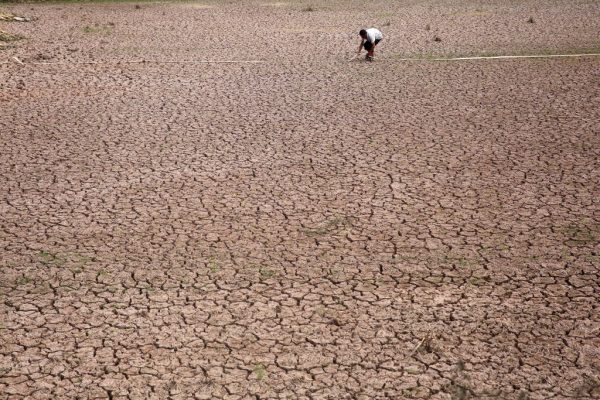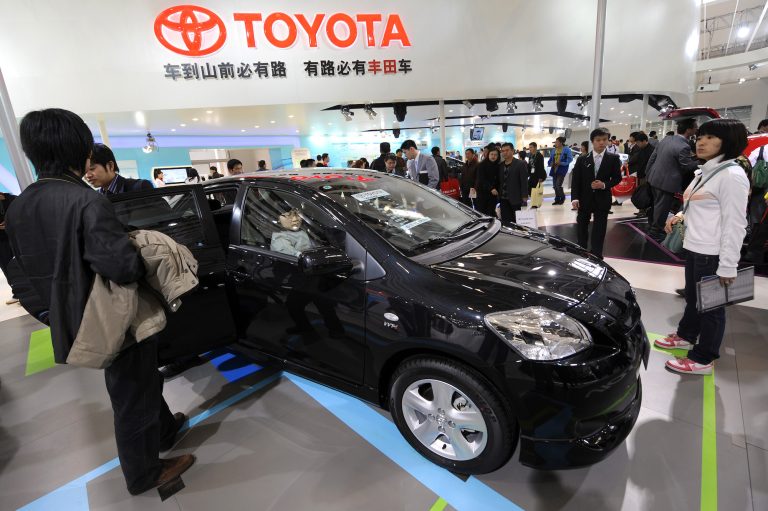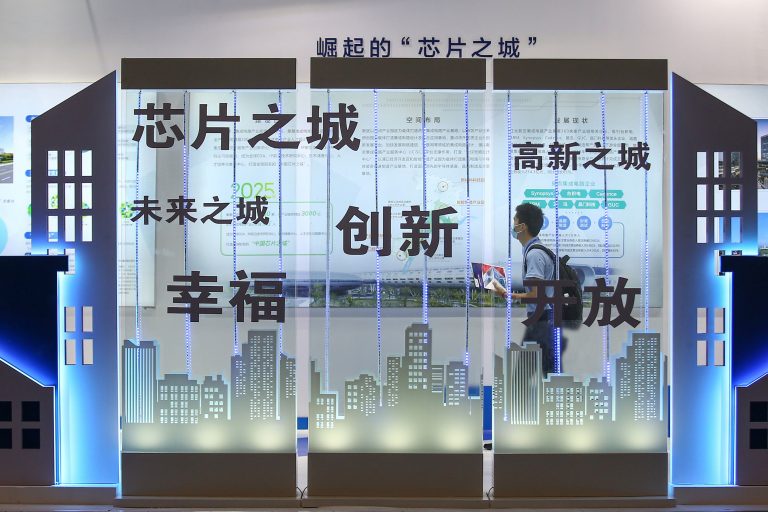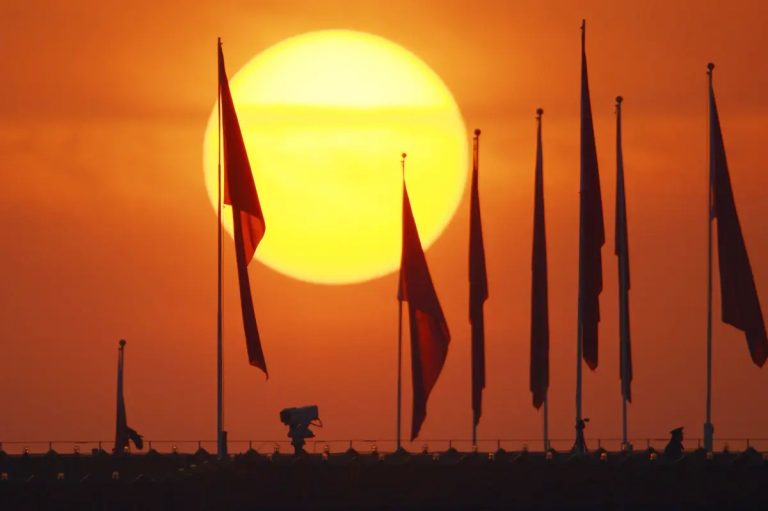The world’s top automaker shuttered one of its factories in mainland China at the Communist Party’s bequest because of a critical electricity shortage rooted in the same problem facing much of the world this summer: massive drought.
Toyota announced the closure of its Chengdu plant in Sichuan Province until at least Aug. 20, an Aug. 16 Bloomberg article reported based on comments from a company spokesperson.
The outlet also noted that Contemporary Amperex Technology Co., the world’s top producer of lithium batteries, would also shutter its facilities, based on reports in a local Chinese publication.
MORE ON GLOBAL WATER CRISIS AND CHINA
- Communist China Using Water to Create Chaos at Home and Abroad
- India, 40% of Global Rice Exports, Has Lost 13% of 2022’s Crops to Drought
- Glen Canyon Dam in Jeopardy as ‘Megadrought’ Threatens Hydroelectric Power Across America’s Southwest
Additionally, Toyota competitor Volkswagen and Foxconn, manufacturer of many mission-critical components for Apple, stated they have been impacted by the electricity shortage, but have not been forced to close and have not been severely impacted.
Three fertilizer companies have also curbed production, in addition to an aluminum smelter and a solar panel producer.

Success
You are now signed up for our newsletter
Success
Check your email to complete sign up
Toyota spokeswoman Shiori Hashimoto was paraphrased by the outlet as stating that “the local government instructed factories to suspend activities.”
The company’s Chengdu factory produces about 30,000 vehicles annually.
An Aug. 15 report on the drought by Bloomberg stated that the region is highly reliant on hydropower stations and cited Chinese Communist Party informational sources as stating that reservoir levels have dropped by as much as 50 percent since the beginning of August compared against historical measurements.
CCP-provided data tends to be skewed towards an often unrealistically positive and optimistic outlook, as one of the Party’s most critical mandates is to ensure its concept of “stability” is upheld so that the regime can maintain power over society.
Based on an additional report from Party propaganda outlet Xinhua, Bloomberg said the Yangtze had fallen to the lowest level ever for this time of year.
The situation is similar to that found in Germany, where the critical Rhine River, a major transportation thoroughfare for everything from fuel to food between Germany, the Netherlands, and France, has fallen to a depth below 1.5 feet.
The consequences are ships either cannot traverse the water, or have to transport only half loads, increasing the cost, delivery times, and amount of vessels required to operate the regularly scheduled supply chain.
Bloomberg said mainland China faces a similar problem with its drought, citing a Party report that set the amount of goods shipped via river and coastal shipping at 16 percent.
The Yangtze River is the longest river in China, supplying water to the country-sized city of Shanghai, which is home to 26 million people.
Vision Times reported on Aug. 15 that the Communist Party had deployed both irrigation pumps and geoengineering weather modification in the form of cloud seeding in an attempt to abate the crisis.
China’s rainfall levels fell by 30 percent in July and the Yangtze’s water level is 60 percent lower than normal for August.
The electricity shortage is bound to have a significant impact on global markets, as Sichuan occupies 15 percent of China’s polysilicon production.
Additionally, citing a China-based industry news service, nearby Hubei Province is also suffering, Bloomberg noted. Outflows from the Three Gorges are down a concerning 40 percent year over year.
The water crisis is not limited to the far away lands of Europe and China.
Lake Mead, which is responsible for nourishing 60 percent of U.S. agriculture and serving as a critical hydroelectric center for urban hubs such as Las Vegas, was revealed to be dying a pronounced, albeit slow, death in satellite images released by NASA.
Data from the U.S. Bureau of Reclamation as of June stated that Mead was already at its lowest levels since 1987.
Meanwhile in California, preliminary data released in July from a study by a University of California Merced researcher found that 800,000 acres of farmland, amounting to 1,250 square miles, sat unused this year due to the region’s water crisis.
The figure was described as double what was left untended last year and “the most in at least several decades.”
In related news, the U.S. cattle herd was reported to have hit its lowest level in 6 years, the USDA reported in its July 22 Cattle Report.
Although the figure represented only a 2 percent decrease against 2021’s levels, that 2 percent comprises 2 million cows.
But the most concerning aspect of the statistic was that farmers are sending their breeding stock to feedlots in preparation for slaughter, not because the price of feed has skyrocketed, but because of water shortages that has left ranchers unable to hydrate or cool the animals.
John Kleiboeker, owner of a Missouri-based cattle seedstock operation, put the impact of the situation into easy to understand terms for Fox Business on July 30.
“A heifer is two years old before she produces her first baby…That calf is another 18 months after that. So you’re talking about close to 40 months from the time that little baby heifer is born until she has produced a pound of beef,” he stated.
The time-delayed nature of disruptions to meat and agriculture supplies is already manifest in Idaho, America’s top producer of potatoes, which is suffering from a potato shortage wrought not by this year’s crops, but by last year’s record setting heatwave that decimated production.
Local ranchers are set to begin harvesting 2022’s bounty this month and hope to fill the gaps in the national stockpile.













